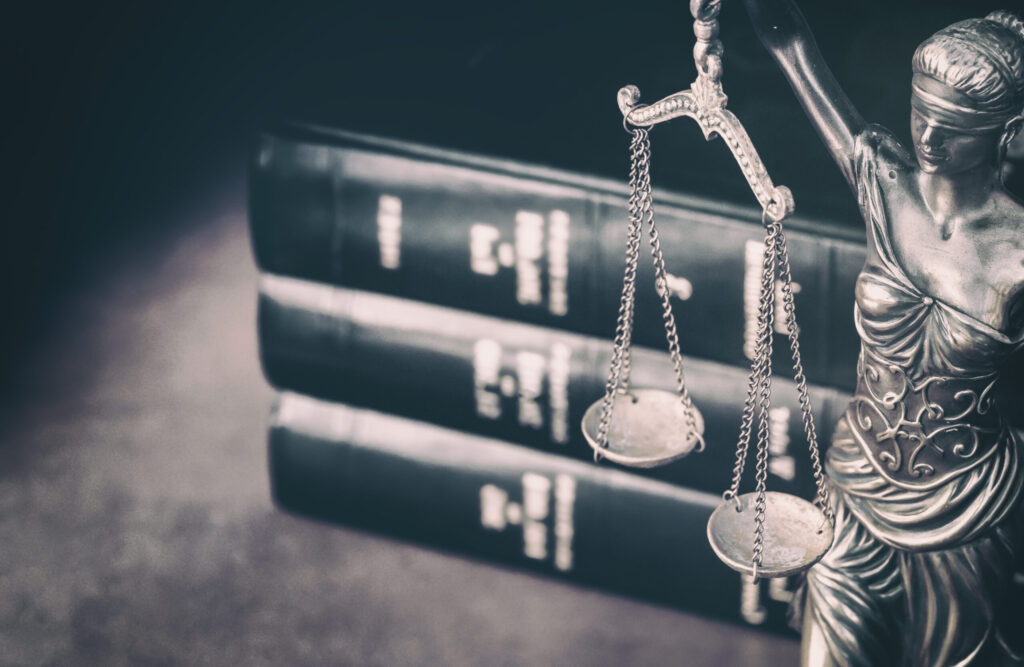By Aron Solomon
A class action is something that we have all heard about but probably only know a bit about. The goal of this article is to have you leave as a class action expert – okay, at least no longer a novice.
This is really what a class action is:
It’s a lawsuit filed by a group of people (a class) against one defendant.
The reason a group would file a class action is because all of the members of the class claim to have suffered a similar “injury,” which doesn’t need to be a physical one.
Class action lawsuits are best when the damages of each party in the class are really too small for an individual claim to make sense. So a class action allows those claims to be tried together into one.
Part of a class action is the requirement of certification of the class. Simply put, this means that before a class action is allowed to move forward, it must be shown that the plaintiffs have enough similarities to proceed as a group with a lawsuit against the defendant.
A class action also needs to have a representative plaintiff. In what has become known this week as the “Trump class actions,” that representative plaintiff is indeed former President Trump, who alleged that he has been injured by Facebook, Google, and Twitter, all of which are now defendants in separate class actions.
The claim in this class action is that former President Trump’s free speech rights are being denied by these technology companies. The problem is the even if the class is correct in claiming that their speech is being suppressed by these companies, no legal remedy is available to them as legal immunity is granted to social media companies under Section 230 of the Communications Decency Act.
Another practical reason why the Trump class action should fail is where the cases were filed. Twitter and Facebook are both technology companies that provide online services. When we use their services, we agree to abide by a terms of service agreement. Both Twitter and Facebook specify that any legal action against them needs to be started in state or federal court in and around San Francisco or Silicon Valley (each of their terms of service varies just slightly on which court). Former President Trump filed in a Florida federal court, thereby not adhering to the agreement.
A case that was actually properly filed and has been in the public consciousness for years also was all over the news this week.
Michael Epstein is class counsel for the case known as Bridgegate – the second of the class actions all over our news streams this week. Bridgegate, for those outside the New Jersey-New York region, is a seven-year-old class action suit on behalf of drivers inconvenienced by traffic jams on the George Washington Bridge, which connects New Jersey and New York.
Why Bridgegate was and is newsworthy is because the traffic jams are a political scandal involving a staff member and political appointees of New Jersey Governor Chris Christie. They worked together to create traffic jams in New Jersey by closing lanes at the main toll plaza for the upper level of the George Washington Bridge
As quoted this week in the New Jersey Law Journal:
Class counsel Michael Epstein said it’s a mischaracterization to describe the theory of liability as a request for compensation for sitting in a traffic jam.
“Our view is lost time is compensable in many types of cases. Here the claim is our clients lost time in violation of their constitutional rights. Any time they lost in violation of those rights, they can’t get back.”
Bridgegate is going to be a class action to watch over the upcoming weeks and months. As contrasted with the Trump class action, Bridgegate has a far greater chance of success than the Trump case because it’s not a fiction – it’s about actual plaintiffs who were injured and can seek compensation for their wasted fuel, wasted time, and costs of tolls.



